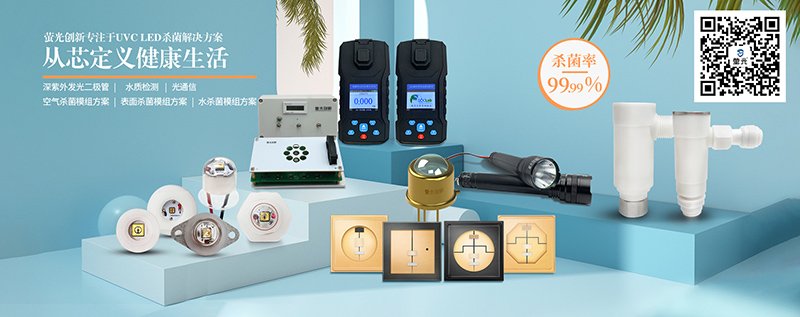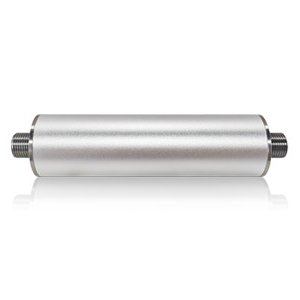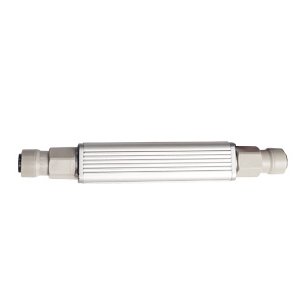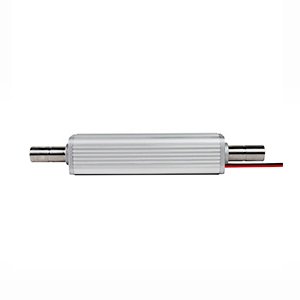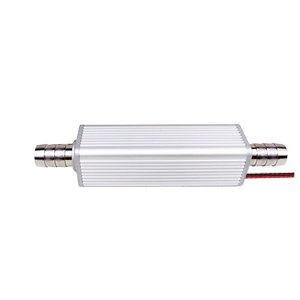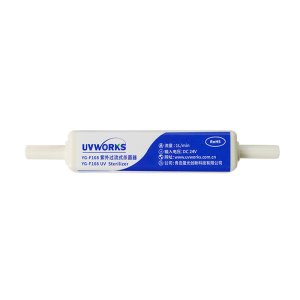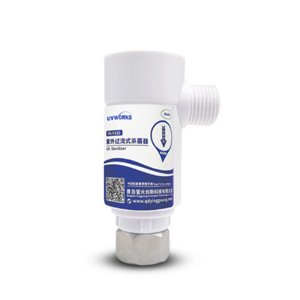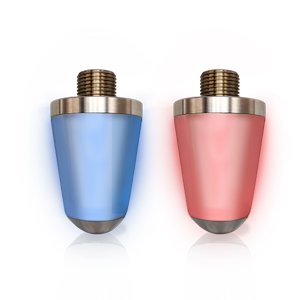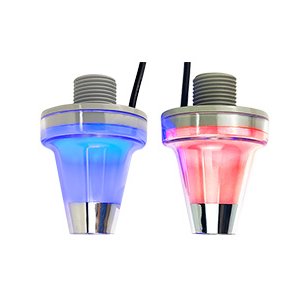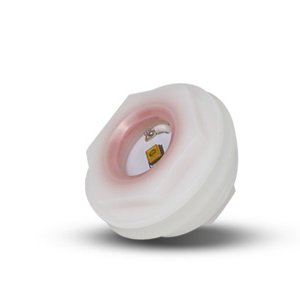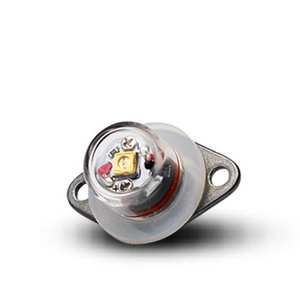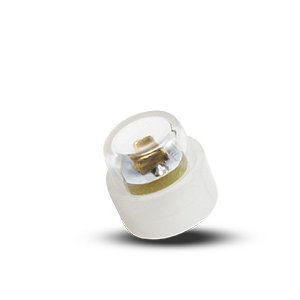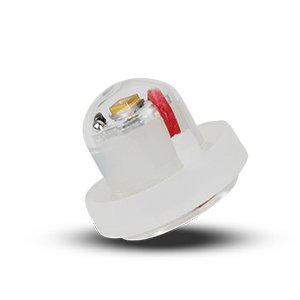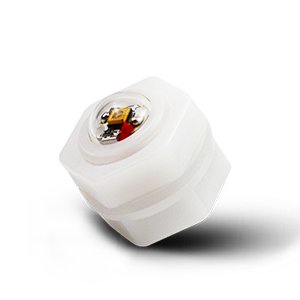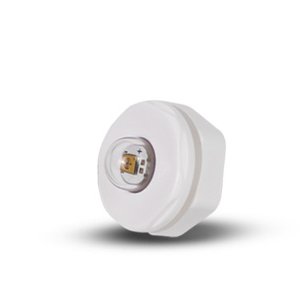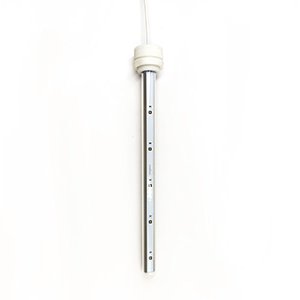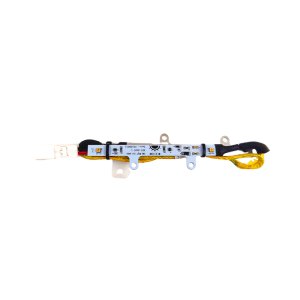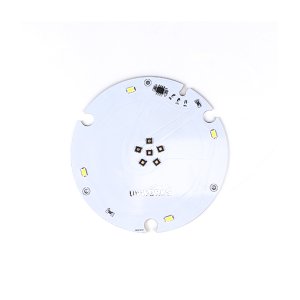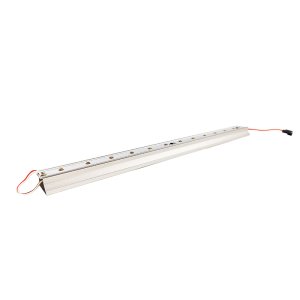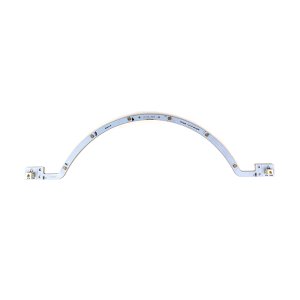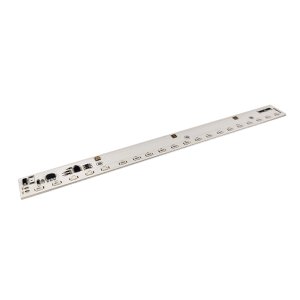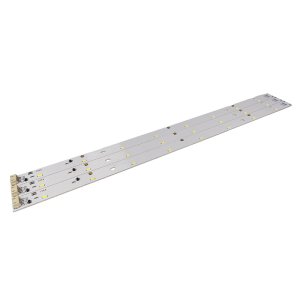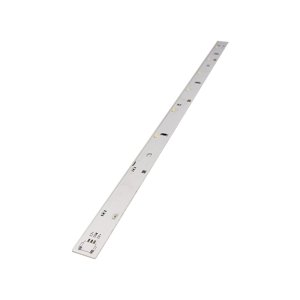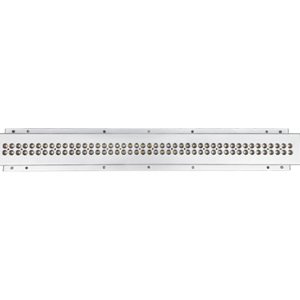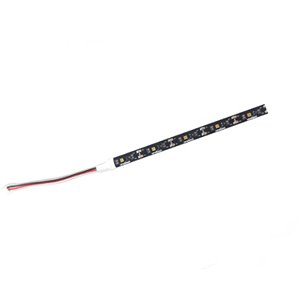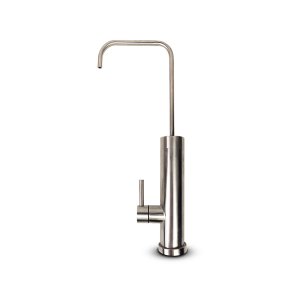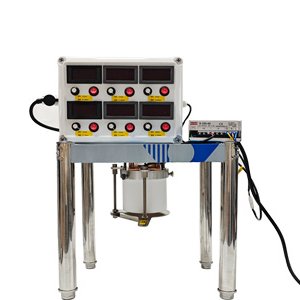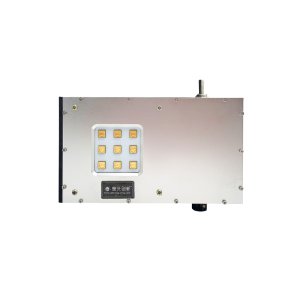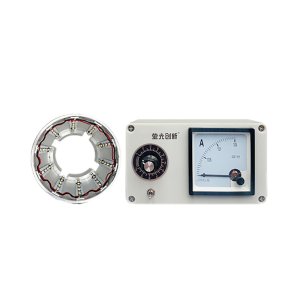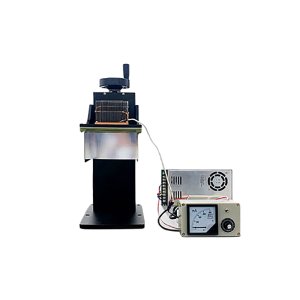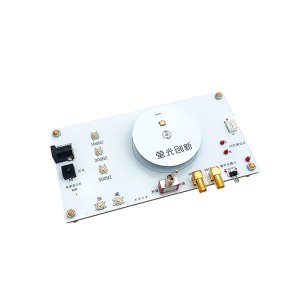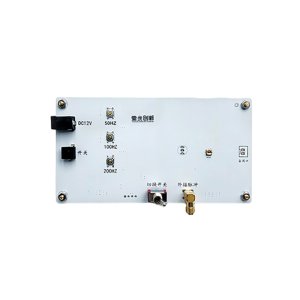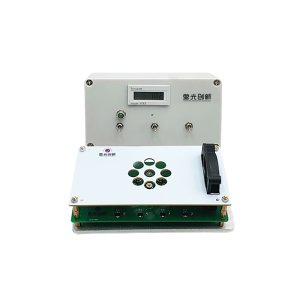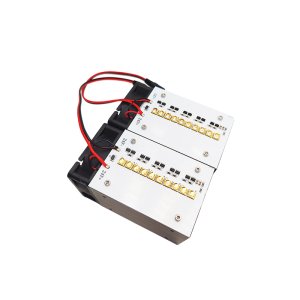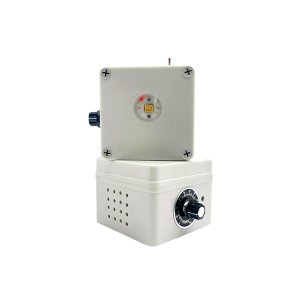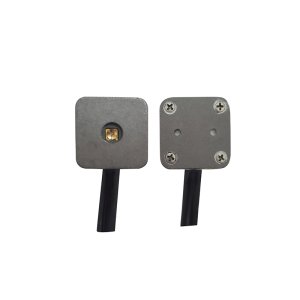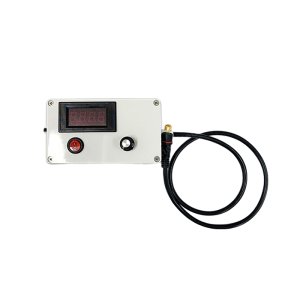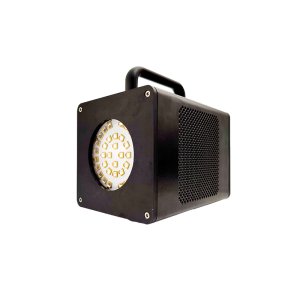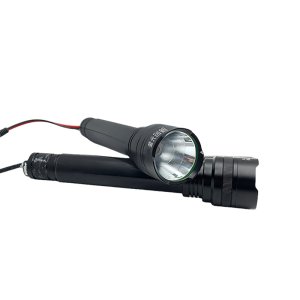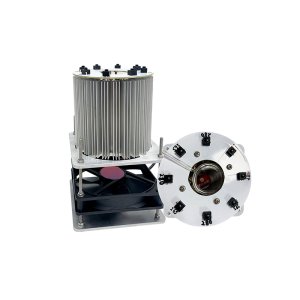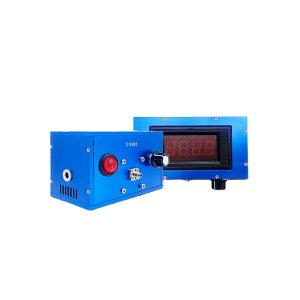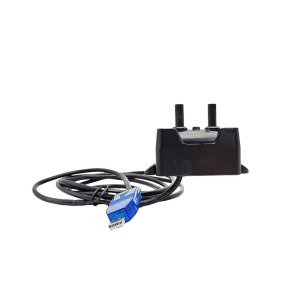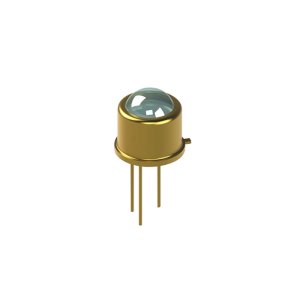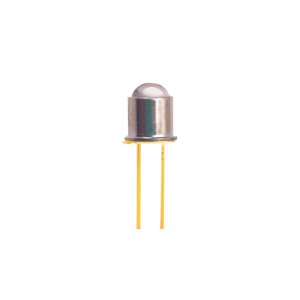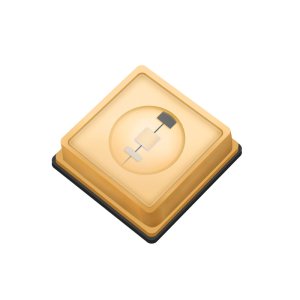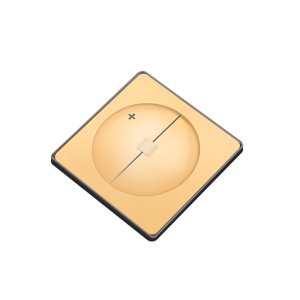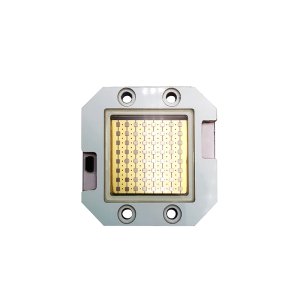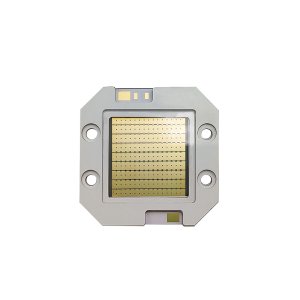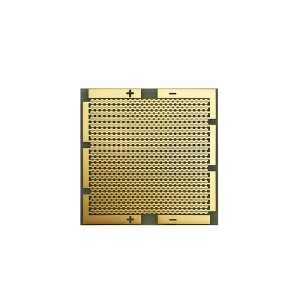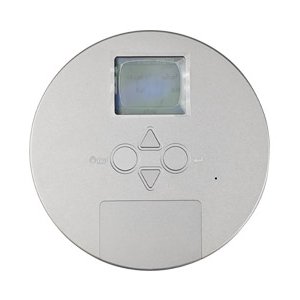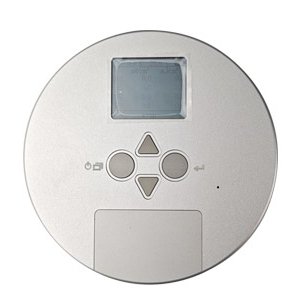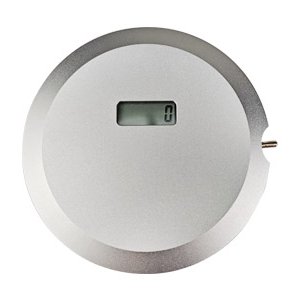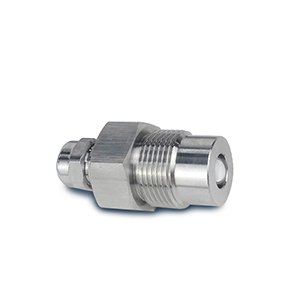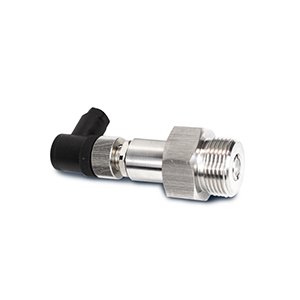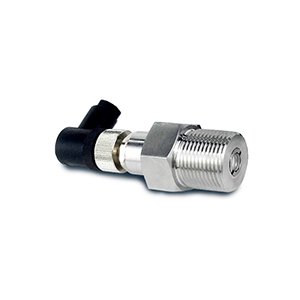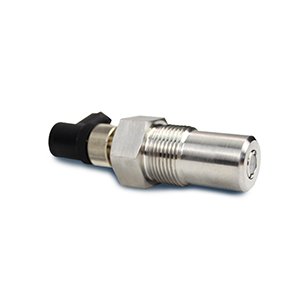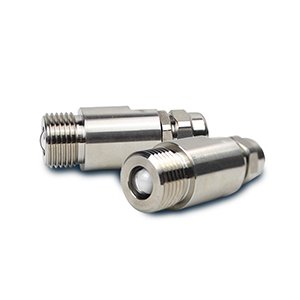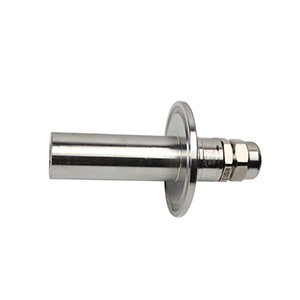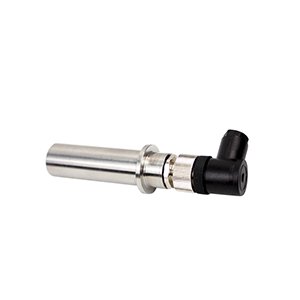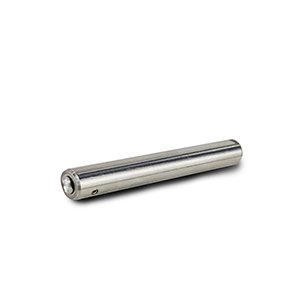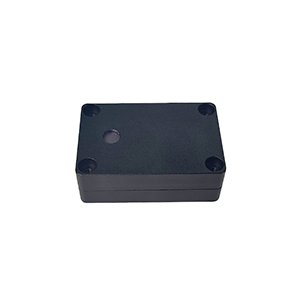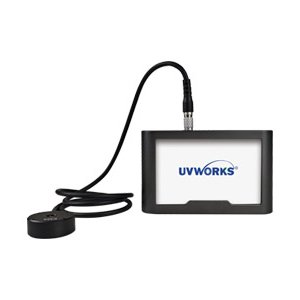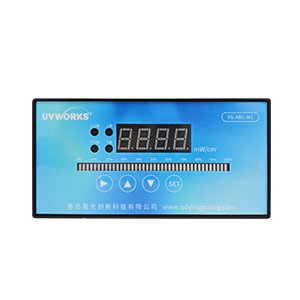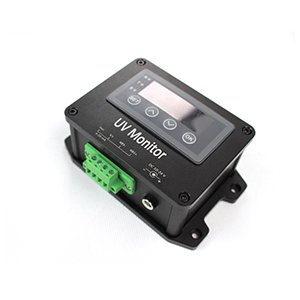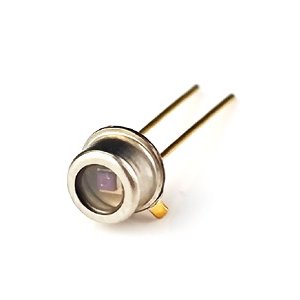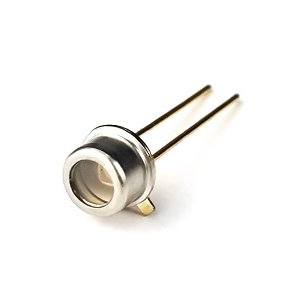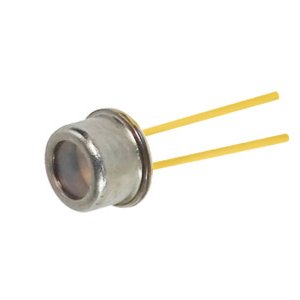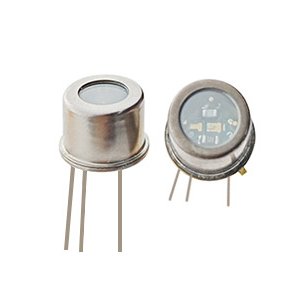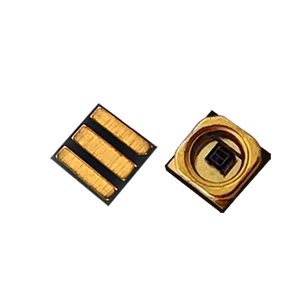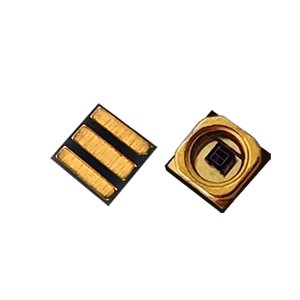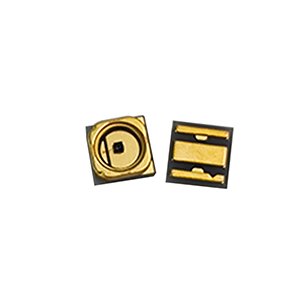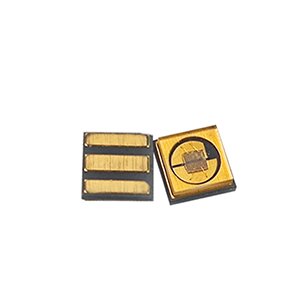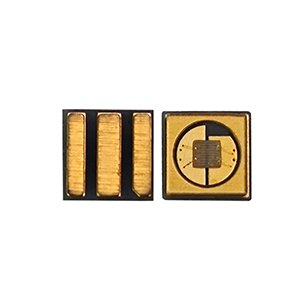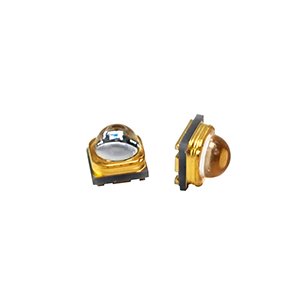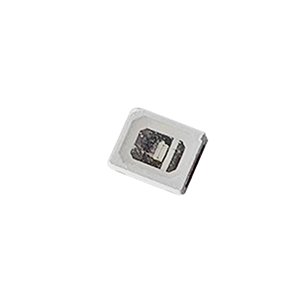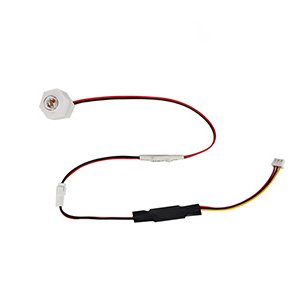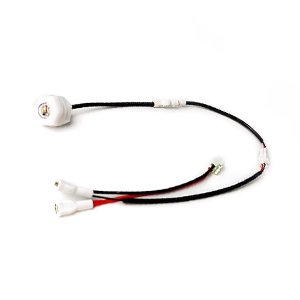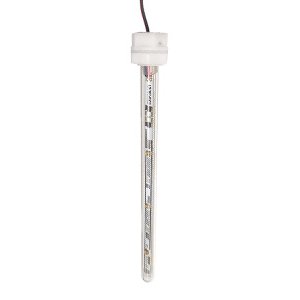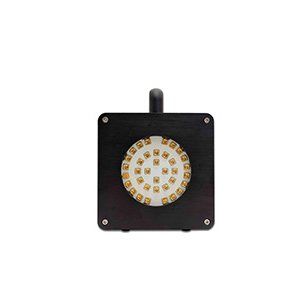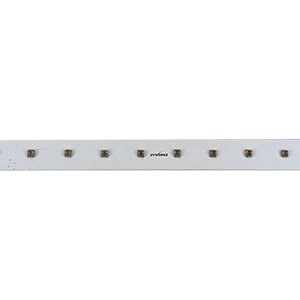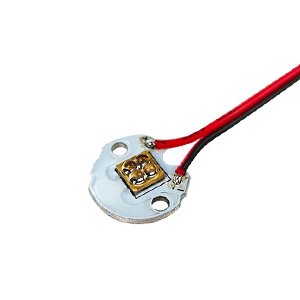
From chip to package to terminal, interpret the development status of UVC led
2021-11-08
Bamboo shoots after a spring rain (New Coronavirus) (COVID-19), greatly shortened the learning and education time of UVC LED technology, and the products of UVC LED technology mushroomed.
Under the influence of the epidemic, brand manufacturers have greatly improved their awareness of sterilization and purification. From household appliance disinfection to air sterilization and water purification, the market demand for UVC led remains high, driving the development of the overall market scale of UV LED. However, in terms of the current technical level, UVC led faces different difficulties in different links of the industrial chain.
Chip is the foundation of improving performance and reducing cost
Chip is the core difficulty in the UVC LED industry chain.
At present, UVC LED products still have some problems, such as low photoelectric conversion efficiency, low cost performance compared with traditional light sources, and life can not meet the needs of most application scenarios. Among these problems, the most basic problem is photoelectric conversion efficiency.
As we all know, the electrical energy that cannot be successfully converted into light is presented in the form of thermal energy, and the service life of the chip is inversely proportional to the temperature. At the same time, the high heat generated by the low photoelectric conversion efficiency also puts forward greater requirements for heat dissipation, which virtually increases the cost of the chip again.
Of course, after years of development and cultivation, the UVC LED chip industry has also made some progress. For example, domestic MOCVD equipment is now gradually qualified to compete with international manufacturers, which greatly reduces the production cost of UVC LED chips.
Common problems of packaging: packaging mode, material and process
In the process of UVC LED packaging, attention should be paid to the anti UV performance of the material in the whole process, which is the biggest difference and difficulty between UVC LED packaging and traditional white LED packaging.
Packaging mode
At present, there are three main packaging methods of UVC led: Organic packaging, semi inorganic packaging (also known as "near inorganic packaging") and all inorganic packaging. The three methods have their own advantages and disadvantages.
Organic materials are easy to degrade under UV irradiation for a long time. Therefore, organic packaging is mainly used in white LED packaging, and is gradually replaced by semi inorganic packaging and all inorganic packaging in UVC LED packaging.
In addition, although all inorganic packaging is superior to semi inorganic packaging in performance, it is still dominated by semi inorganic packaging due to its high technical difficulty and higher price.
Packaging materials and processes
Packaging materials mainly include light emitting materials, heat dissipation substrate materials and welding bonding materials; The process mainly includes solidification, wire drawing (or flip eutectic) and welding. Different materials need to be matched with different processes. At the same time, as the "number one public enemy" of the whole UVC LED industry chain, thermal energy is a difficult problem for relevant enterprises to show their magic power and "get rid of it and then get fast". Thermal management is closely related to materials and processes. Different enterprises adopt different material combinations and process schemes.
Light emitting materials are turning to inorganic transparent materials such as quartz glass and sapphire to package UVC led.
It is reported that quartz glass has stable physicochemical properties, high transmittance (> 90%) in deep UV band, high mechanical strength, good heat resistance and high air tightness. Therefore, it has become a popular option for lens materials for UVC LED packaging.
There are three kinds of heat dissipation substrate materials: resin, metal and ceramic.
In terms of welding bonding materials, the welding materials of UVC led mainly include chip solid crystal materials and substrate welding materials, which are used for the welding between chip, lens and substrate respectively.
The application scenario is multi-point flowering, but it will take time to replace mercury lamp
UVC LED does not need preheating time and does not use mercury. It has the advantages of environmental protection, long service life, energy saving and less heat loss. It can fully meet the market demand of small space and surface / air conditioning sterilization.
However, it is still an impossible goal for UVC led to completely replace mercury lamp Market in the short term. At present, UVC led still has some problems, such as low photoelectric conversion efficiency, difficult visualization of sterilization effect, high price and imperfect performance evaluation standards, which must be faced and solved in the process of technology development and application promotion of UVC led.
Conclusion: ab side of UVC LED
The a side of UVC LED is the rising market demand.
The B side of UVC LED is an immature and disordered development status.
The UVC LED market is gradually moving towards a mature stage in the game. With great power there must come great responsibility. As a high-tech threshold technology, UVC LED is an opportunity for the whole industrial chain, but it also needs enterprises to strengthen R & D in order to win a place in the fierce and cruel market competition.
Qingdao fluorescent Innovation Technology Co., Ltd. has a professional postdoctoral team, focusing on the research of ultraviolet sterilization application. After years of deep cultivation in the ultraviolet industry, the company has obtained a number of national invention and utility model patents. At present, a number of sterilization module products have been put into the market. For more details, you can browse the company website www.qdyingguang.com, contact the company for WeChat's official account.
